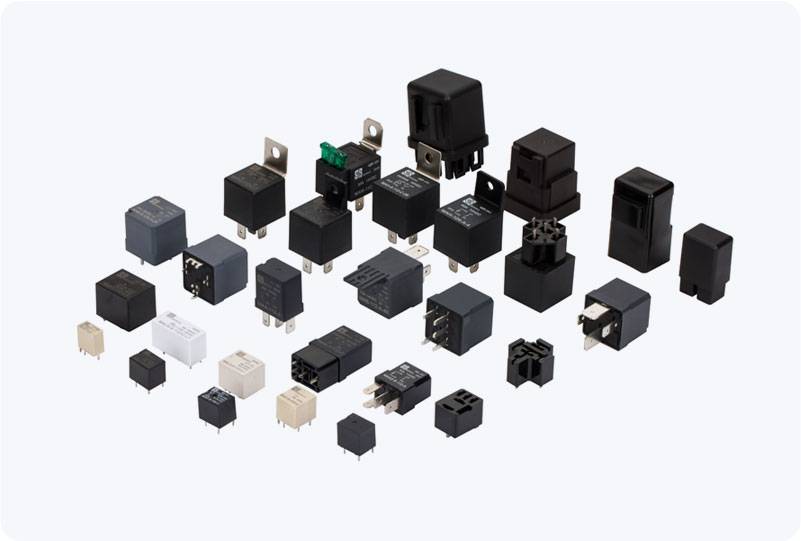Programmable Logic Controllers (PLCs) are the backbone of modern industrial automation, offering highly efficient, reliable, and flexible solutions for managing complex processes. Within PLC systems, the control relay plays a crucial role in bridging the gap between the controller and the machinery it controls. This article delves into the functioning of PLC control relays, their applications, advantages, and challenges.

What is a PLC Control Relay? A PLC control relay is an electromechanical switch that is used to control a circuit by opening or closing the contacts based on the signal provided by a PLC. In simpler terms, a control relay acts as an intermediary between the PLC and external equipment, allowing the PLC to control machinery, sensors, actuators, and other devices in a factory setting. The PLC outputs a signal, which energizes the relay, and in turn, the relay activates or deactivates the connected load. PLCs are known for their ability to execute sophisticated control tasks such as logic operations, counting, timing, and complex sequence management. However, PLCs typically cannot handle large power loads directly. This is where control relays come into play, acting as a switching mechanism to control high-power devices with the low-power output signals of the PLC.